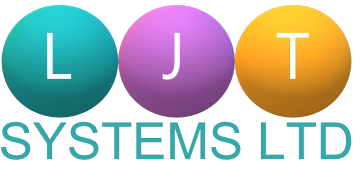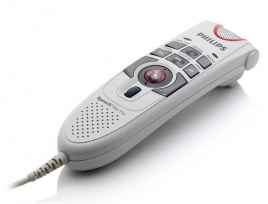LJT VTape V2
TRANSMIT. TRANSCRIBE. TRANSFORM.
TRANSMIT. TRANSCRIBE. TRANSFORM.


|
About Digital Dictation

Digital dictation is a method of recording and editing the spoken word in real-time. The recording is often done by the use of a digital recorder or a PC/Smartphone with the correct software. Digital recorders are lighter, have a longer battery life and are able to record for a lot longer utilizing the same media, as compared to analogue tape based dictation machines. The files generated with digital recorders vary in size, depending on the manufacturer and the format the user chooses. The most common file formats that digital recorders generate are WAV, WMA or MP3, though ome dictation machines record in the proprietary DSS and DS2 formats.

Digital dictation offers several advantages over traditional analogue cassette tape based dictation:
- The user can instantly rewind or fast forward to any point within the dictation file to review or edit.
- Dictation produces a file which can be transferred electronically, e.g. via WAN, LAN, USB, e-mail, telephony, BlackBerry, FTP, etc.
- Large dictation files can be shared with multiple typists.
- Sound can be a higher quality and can improve transcription accuracy and speed.
- Digital dictation provides the ability to report on the volume or type of dictation and transcriptions outstanding or completed within an organization.
Digital dictation (or Human digital dictation) is different from Speech Recognition where audio is analyzed by a computer using speech algorithms in an attempt to transcribe the document, unfortunatly speech recognition is still not 100% reliable and takes time to adapt to an indervidual's voice. With digital dictation the process of converting digital audio to text may be done using digital transcription software, typically controlled by a foot switch which allows the transcriber to Play, Stop, Rewind and Fast Forward.